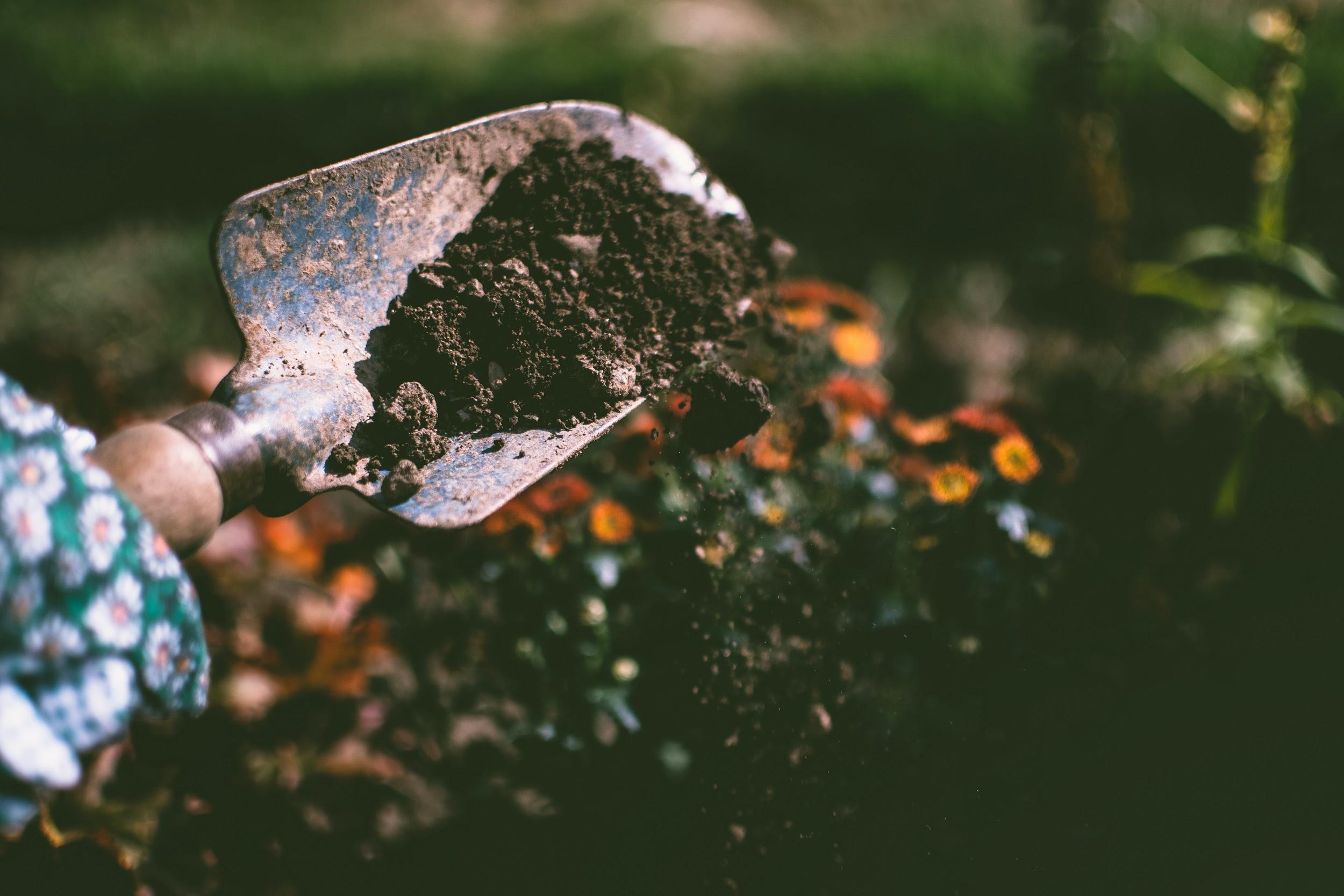More and more people are turning to an increasingly sustainable lifestyle. From cycling to work to conserving water and energy at home, there are many ways how we can help the planet. One of those ways is to grow our own food. If you choose to do this, you will be reducing waste and carbon emissions as well as assuring that you are eating food that is free of harmful chemicals. So, how do you go about starting your very own garden? Keep on reading.
Find the right place
If you don’t know a lot about gardening, it’s recommended that you start small. So, install a few raised beds or find a place in your backyard that you can section off. In case you live in a building or house with little to no yard space, you can even get a few containers and keep it on your balcony or even indoors. However, the space at your disposal will affect your choice of plants. The amount of sunlight you get daily, the spaciousness, the state the soil is in, and so on, all play a role in the success of your garden.
Familiarize yourself with the soil
Speaking of soil, you should get it tested to know what you are working with. Either take a sample to a local nursery or purchase a soil test kit and do it on your own. This will tell you if the soil is alkaline, acidic, or neutral. Furthermore, you will also know if any of the vital nutrients are missing. If the test concludes that the soil is less than ideal, you should find ways to enrich it. For instance, you can look for organic fertilizer or learn to make compost and add a layer to the soil.
Learn about the seeds you choose
Before you choose the seeds, you need to understand your goals. How much time and effort can you dedicate to this project? Do you only want food for your family or do you plan on selling to others in the future? Furthermore, you need to be aware of what thrives in your area and what gives you the biggest bang for your buck. Understand the seasonal nature of each fruit and vegetable you pick as then you will know the best time to plant and harvest them. You should also mix it up a bit and look for a variety of plants that will ensure you have food all year round. What is more, learn about companion planting and which plants you can plant close together to help both of those succeed.
Install a cover
When choosing plants, you have to see which ones are vulnerable to pests, frost, or too much sunlight. To prevent this problem, you should look to provide them with adequate cover. If you have a spacious backyard, you can consider using a greenhouse to grow produce, as it not only offers protection from pests, but it also makes the temperature more stable. This, in turn, means that you can have something planted all year long. For a smaller yard, you can look into a variety of row covers that also deal with multiple gardening issues.
Water properly
Watering is another essential step you cannot overlook. What is more, you have to know how to properly water your plants for them to thrive. Some need more water, some less, which is why you need to understand the varieties you’ve chosen. In terms of timing, you should water them early in the morning when the sun is not too strong. If you don’t have time then, you can also do it in the late afternoon or early evening as the sun should still be able to dry the plants before nightfall. Finally, if you really want to be sustainable, use collected rainwater or greywater for your watering needs.
Harvest on time
If everything goes according to plan, you will have tasty plants to harvest. However, keep in mind that some need to be harvested immediately once ripe as they will taste better fresh. Others, on the other hand, can wait for a while on the plant or the ground. If you’re not sure if a crop is ready, simply try one to see.
Investing in a green patch of your own (no matter the size) is almost a no-brainer in today’s ecologically-conscious world. Not only will you be certain that the food on your table is organic, but it will also taste that much better knowing all the hard work that went into it. You’ll be doing your part for the environment while enjoying a healthier lifestyle – a win-win situation!
